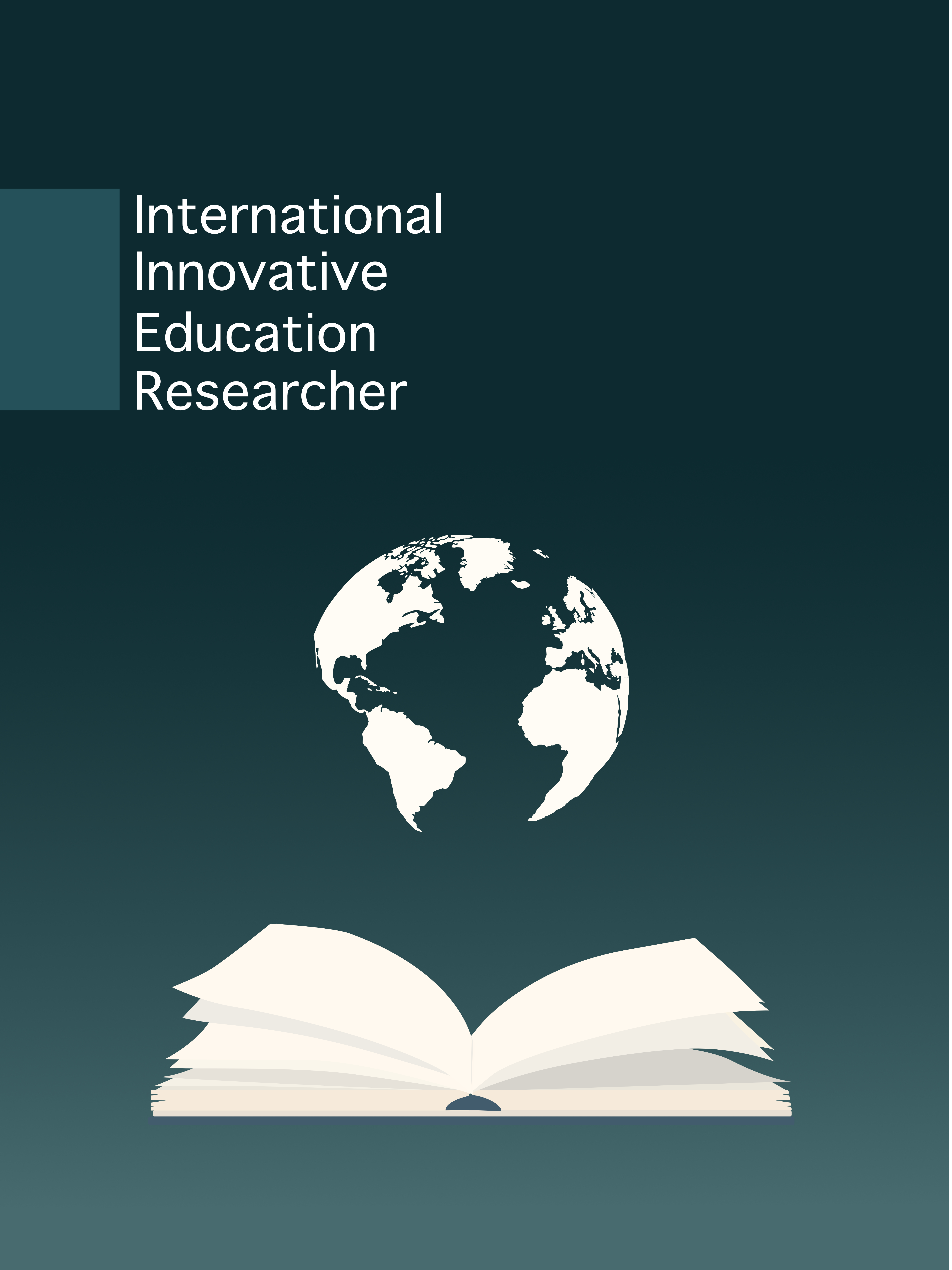BİLİM VE SANAT MERKEZLERİNE (BİLSEM'LERE) ÖĞRENCİ SEÇME MODELİ BAĞLAMINDA TOPLUMSAL TABAKALAŞMA VE YENİDEN ÜRETİM BİR DURUM ÇALIŞMASI
Author :
Abstract
Bu araştırmada bilim ve sanat merkezlerine (BİLSEM'lere) öğrenci seçme modelinin toplumsal tabakalaşma ve yeniden üretimin bir örneği olup olmadığının incelenmesi amacıyla yapılan bir durum çalışmasıdır. Araştırmanın çalışma evrenini Tarsus BİLSEM’de 2019-2020 Eğitim Öğretim Yılı’nda eğitim gören 216 öğrenci velisi oluşturmaktadır. Örneklem ise genel yetenek, resim ve müzik alanından olmak üzere öncelikle küme örnekleme ve daha sonrasında da maksimum çeşitlemeli amaçlı örnekleme metodu ile ulaşılan 9 veliden oluşmaktadır. Araştırmanın verileri araştırmacılar tarafından hazırlanan yarı yapılandırılmış görüşme formu aracılığı ile toplanmıştır. Görüşme sonucu elde edilen veriler, içerik analizi tekniği ile analiz edilmiştir. Veriler yorumlanırken temalar tespit edilmiştir. Her bir tema ile ilgili kategoriler oluşturulmuştur. Araştırmanın sonucunda BİLSEM velilerinin toplumsal sınıf tabakalaşmasında olduğu gibi orta ve üst toplumsal sınıfa mensup ailelerden oluştuğu, büyük bir çoğunluğunun benzer demografik özelliklere sahip olduğu yani toplumsal sınıflarının benzer olduğu ve bunun sonucunda da seçilimin doğal bir şekilde gizlice gerçekleştiği, herkesin bu durumdan memnun olduğu ve böylece de toplumsal yeniden üretimin gerçekleşmiş olduğu onlarla yapılan görüşmeler ve toplanan verilerle tespit edilmiştir.
Keywords
Abstract
ABSTRACT
This research is a case study conducted to examine whether the student selection model for science and art centers (BILSEM) is an example of social stratification and reproduction. The study universe of the research consists of 216 parents of students studying in Tarsus BİLSEM in the 2019-2020 Academic Year. The sample, on the other hand, consists of 9 parents from the fields of general talent, painting and music, who were reached first by cluster sampling and then by the sampling method with maximum variation. The data of the study were collected through a semi-structured interview form prepared by the researchers. The data obtained as a result of the interviews were analyzed with the content analysis technique. While interpreting the data, themes were identified. Categories related to each theme were created. As a result of the research, as in the social class stratification, the parents of BİLSEM are composed of families belonging to the middle and upper social class, the majority of them have similar demographic characteristics, that is, their social classes are similar, and as a result, the selection takes place naturally and secretly, everyone is satisfied with this situation and thus It has been determined that social reproduction has taken place through interviews with them and the data collected.
Keywords
- Aktay, Yasin, 2007, “Pierre Bourdieu ve Bir Maxwell Cini Olarak Okul”, Ocak ve Zanaat, (içinde) ÇEĞİN, G., GÖKER, E., ARLI, A., TATLICAN, Ü.,(der.) İstanbul: İletişim Yayınları.
- Blackedge D. ve Hunt, B. (1985). Sociolojical Interpretations of education. London: Routledge.
- Bourdieu, P. (1970). Yeniden Üretim. Eğitim sistemine ilişkin bir teorinin ilkeleri (Çev:Sümer, A., Ünsaldı, L. ve Akkaya, Ö.). İstanbul: Heretik Yayınları.
- Bourdieu, P. (1986). The forms of capital. In J. G. Richardson (Ed.), Handbook of theory and research for the sociology of education (241–258). New York, NY: Greenwood Press.
- Bourdieu, P. (2010). Sermaye biçimleri. Der. MM Şahin ve AZ Ünal. Sosyal Sermaye. İstanbul: Değişim. 45-75.
- Cansız, M. (2016). Türkiye’de akademik girişimcilik. Ankara: Kalkınma Bakanlığı.
- Çepni, S. (2007). Araştırma ve proje çalışmalarına giriş. (Genişletilmiş 3. Baskı), Trabzon: Celepler Matbaacılık.
- Glesne, C. (2012). Nitel Araştırmaya Giriş. (A. Ersoy ve P. Yalçınoğlu, Çev.). Ankara: Anı Yayıncılık.
- Huxley, A. (2007). Cesur yeni dünya. Ernst Klett Sprachen.
- Kurul, N. (2012). Geleceğin eğitimi ve ‘yeni’ zorunlu eğitim modeline ilişkin çıkarımlar. Eğitim Bilim Toplum, 10(39). 42-77.
- Maslow, A. (1962). Toward a Psychology of Being. New York: Van Nostrand.
- Miles, B. M. ve Huberman A. M., (1994). Qualitative data analysis: an expanded source book. 2nd ed. California, USA: Sage Publications.
- Özdemir, Y. (2016). “Kültür” derslerine direniş: Bir endüstri meslek lisesinde kafa/kol emeği ayrımına dayalı işbölümünün yeniden üretimi. Eğitim Bilim Toplum, 14(53), 68–111.
- Ritzer, G., Stepnisky, J. (2013). Çağdaş sosyoloji kuramları ve klasik kökleri, Çev: I. E. Howison. Ankara: De ki Basım Yayım Ltd. Şti.
- Tavşancıl, E. ve Aslan, E. (2001). Sözel, yazılı ve diğer materyaller için içerik analizi ve uygulama örnekleri. Epsilon Yayınevi: İstanbul.
- Tezcan, M. (1993). Sosyolojiye Giriş. Ankara: Ankara Üniversitesi Eğitim Fakültesi Yayınları.
- Yanıklar, (2010). Kültürel sermaye, eğitim ve toplumsal tabakalaşma: Pıerre Bourdıeu’nün yeniden üretim kuramına eleştirel bir bakış. Sosyoloji dergisi, 22, 121-138.
- Yıldırım, A., Şimşek, H., (2000). Sosyal Bilimlerde Nitel Araştırma Yöntemleri. Ankara: Seçkin Yayıncılık.
- Yıldırım, A ve Şimşek, H. (2007). Sosyal bilimlerde nitel araştırma yöntemleri. Ankara: Seçkin
- Yıldırım, A ve Şimşek, H. (2011). Sosyal bilimlerde nitel araştırma yöntemleri (8. Baskı). Ankara: Seçkin Yayıncılık.
- Yücel, C , Boyacı, A , Demirhan, G , Karataş, E . (2013). Demirhan Milli Eğitim Örgüt Sisteminde ‘Kayıt Alanı’ (Hinterland) Uygulamasının Yönetsel İşlevselliğinin Değerlendirilmesi ve Ekonomik, Sosyal ve Kültürel Sermaye Açılarından Doğurduğu Problemlerin İncelenmesi. Kuram ve Uygulamada Eğitim Yönetimi, 1(1), 135-151. Retrieved from https://dergipark.org.tr/en/pub/kuey/issue/10321/126572
